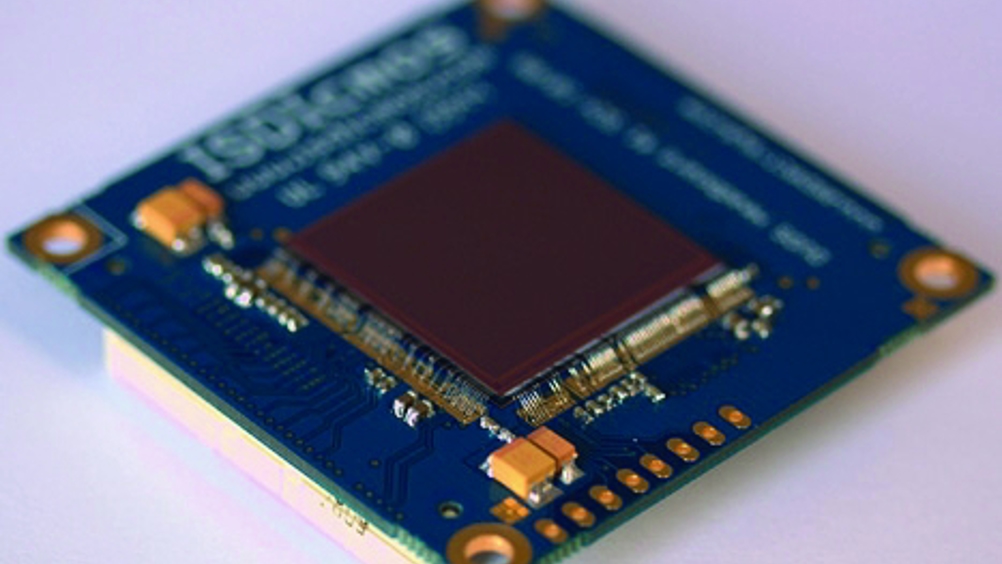Australian researchers explore benefits of thermopower waves
Australian researchers are exploring how thermopower waves could be used to convert heat from the environment into electrical energy to create truly autonomous micro and nano machines.

The team at the Royal Melbourne Institute of Technology (RMIT) has created thermoelectric semiconducting structures that could be used as micro-power sources.
The researchers claim it could help to realise concepts such as ‘smartdust’, which describes micro-electromechanical systems that are networked wirelessly for sensing and receiving data — for example, in testing the pH of soil in large agricultural fields or the quality of water reserves.
In addition, electronic devices powered by thermopower waves could apply large energies to targeted cancer cells inside the human body, enabling a high level of precision.
Project lead Sumeet Walia of the Microplatforms Research Group at RMIT said the size of power sources had not kept pace with the ever-reducing size of electronics.
‘We focus on thermopower waves — which generate intense waves of electrical current by sweeping electrical carriers from one end of materials to another — because of their potential for creating small-scale power sources that can release energy at very high rates,’ she said.
Register now to continue reading
Thanks for visiting The Engineer. You’ve now reached your monthly limit of news stories. Register for free to unlock unlimited access to all of our news coverage, as well as premium content including opinion, in-depth features and special reports.
Benefits of registering
-
In-depth insights and coverage of key emerging trends
-
Unrestricted access to special reports throughout the year
-
Daily technology news delivered straight to your inbox










Water Sector Talent Exodus Could Cripple The Sector
Well let´s do a little experiment. My last (10.4.25) half-yearly water/waste water bill from Severn Trent was £98.29. How much does not-for-profit Dŵr...